Hello! and here’s to a beginning for October at last.
Thanks for being here, and a warm welcome to new readers, listeners, subscribers; for the chance to write for a good many of you I’m aware that I have the extraordinary fellow scribbler
to thank, and I'm most grateful.DeLux, Boston
It’s nearing the end of a long day. Teaching and meetings, and the gnarls of modern travel.
It’s late in Boston's South End. An unexpectedly tropical evening in mid-autumn, up on the humid northeastern peripheries of the horrifying Hurricane Helene.
The air, the light, the paving stones, everything fairly drips with moisture. The DeLux Café is still open, a favourite haunt when I'm passing through.
The kitchen, miraculously, too, is still running. And the little booth-ish table in a nook near the back is free.
I slide in, and, to go with a glass of Aeronaut Robot Crush Pilsner, I order a quesadilla —with spinach, tomato, and cheese. The quesadilla’s exquisite. “That thing’s perfected,” the bartender says when I tell her so. She has impossibly big plastic-rimmed glasses, fake tortoise-shell, with a top bar and a bridge over the nose. She wears her hair in a fuzzy-vague mullet, and adds “it’s been on the menu for thirty years.”
I order another Robot Crush, reach into my canvas bag for my sketch pad, pens, and paints, and begin to take in my surroundings.
The DeLux is my kind of place. Lived-in, messy soft, with odd plays of light in the dark. It’s little world is the fruition of a half century of neighbourhood barrishness, if you include the space’s earlier incarnations.
It reminds me of other such places, so set in their streets and ways, their particular contexts, not least the ones I left and dearly miss in Amsterdam.
One couple on the other end of my nook are all over each other, their martinis neglected. A woman in furs with an extraordinary profile presses hands, presses home another point.
A guy to my left is going on and on about the Red Sox. But most converse more subtly, in the interstices of the place. Others skulk —I hope happily like me—reading novels, writing and doodling in corners.
“I could’ve got up for that” I tell the bartender, who walks over my beer. “Whaddya mean?” she replies, “you’re here to relax.”
She and the other staff have been in this place for as long as I can remember, setting this example, this tone, this mood, as much for themselves as for the rest of us.
Am I the only one whose eyes dart upwards from time to time?
Way up high, there’s an old television “on” with the sound off. It’s showing old cartoons. I find it impossible not to become absorbed, carried away by the technicolour moving images of a Bugs Bunny classic, “A Witch’s Tangled Hare"” (1959)1, carried away by memories.
I know this one. It's a Loony Tunes episode I must first have seen two or three times on television as a child. Seated on the couch with my sisters early on Saturday mornings, in our pyjamas, our legs tucked under us, munching dry Alpha-Bits cereal out of plastic (camping) coffee cups we couldn't break. Our parents wouldn’t be up to disturb us for what seemed like hours.
The extent to which this episode’s creators encapsulated and then had their irreverent way with multiple narrative forms and traditions —all in a little more than five minutes— is extraordinary. There’s the heroic quests of Ancient Greece and the medieval romances of chivalry. There’s the fairy and folk tales, front and centre, but also the epic poetry and the picaresque stories, and adventure yarns, old and new. There's even a Shakespeare-ish flourish to frame the main story.
Bugs is up to his old tricks, getting himself in and out of tight spots by his wits alone. He always has a rejoinder and he’s never fazed, even when boiling away in a bubbling cauldron. “Witch Hazel” could not be more cleverly named. She’s green-skinned, fulsome-figured and bulbous-faced. It's hard to imagine a more loveably dogged and winningly incompetent antagonist. Vain and highly susceptible to compliments and to the hilarity of her own jokes, the Witch is also easily distracted and outsmarted, at her happiest away from the fray, off in her kitchen preparing potions and brews.
My sisters and I howled with joy when, from time to time, she’d stop in her tracks —interrupting her own evil designs!— to look out at the audience and repeat some compliment from the visiting rabbit, or a little pun or bit of verbal cleverness concocted by herself, before kicking up her skinny heels, showing her knickers, and cackling uproariously.
Witch Hazel is the face of evil we all need.
The moving images are so visually compelling —and memories of their humour, the asides, and the storytelling so stimulating— that, there, in the back of the DeLux, I recall even the sounds I can’t hear.
* Photographs and watercolour by Kenneth Mills
“A Witch’s Tangled Hare” (1959), directed by Abe Levitov, features animation developed by Chuck Jones, and voices of Mel Blanc and June Foray. It was the second episode appearance for the character of Witch Hazel, who had made her memorable debut in 1954’s “Bewitched Bunny,” a riff upon the fairy tale of Hansel and Gretel.


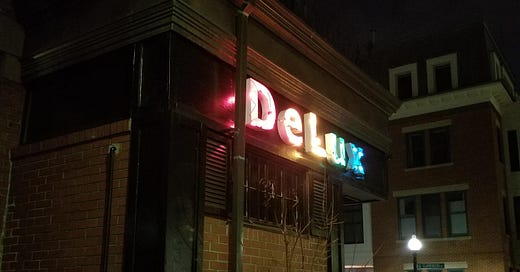


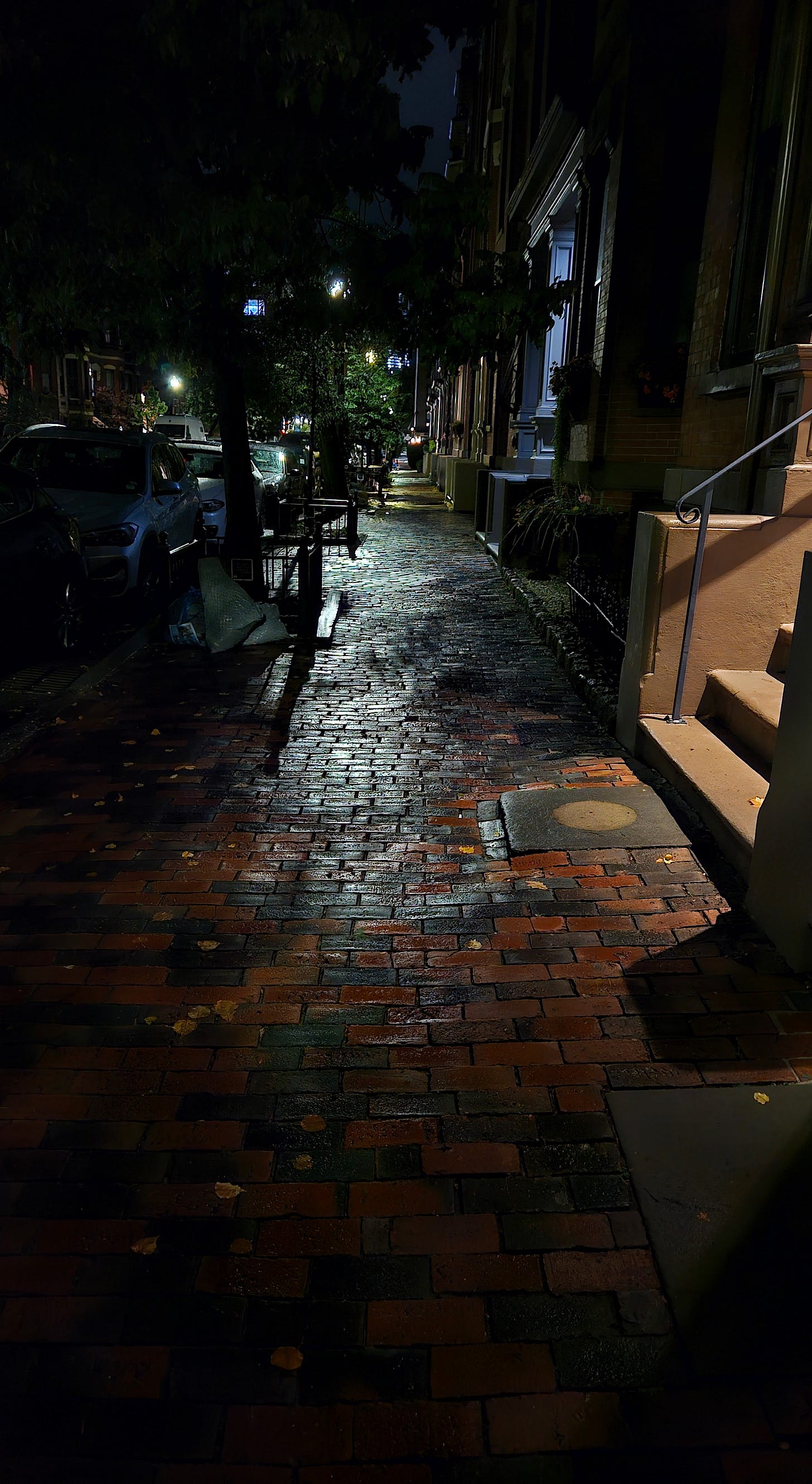

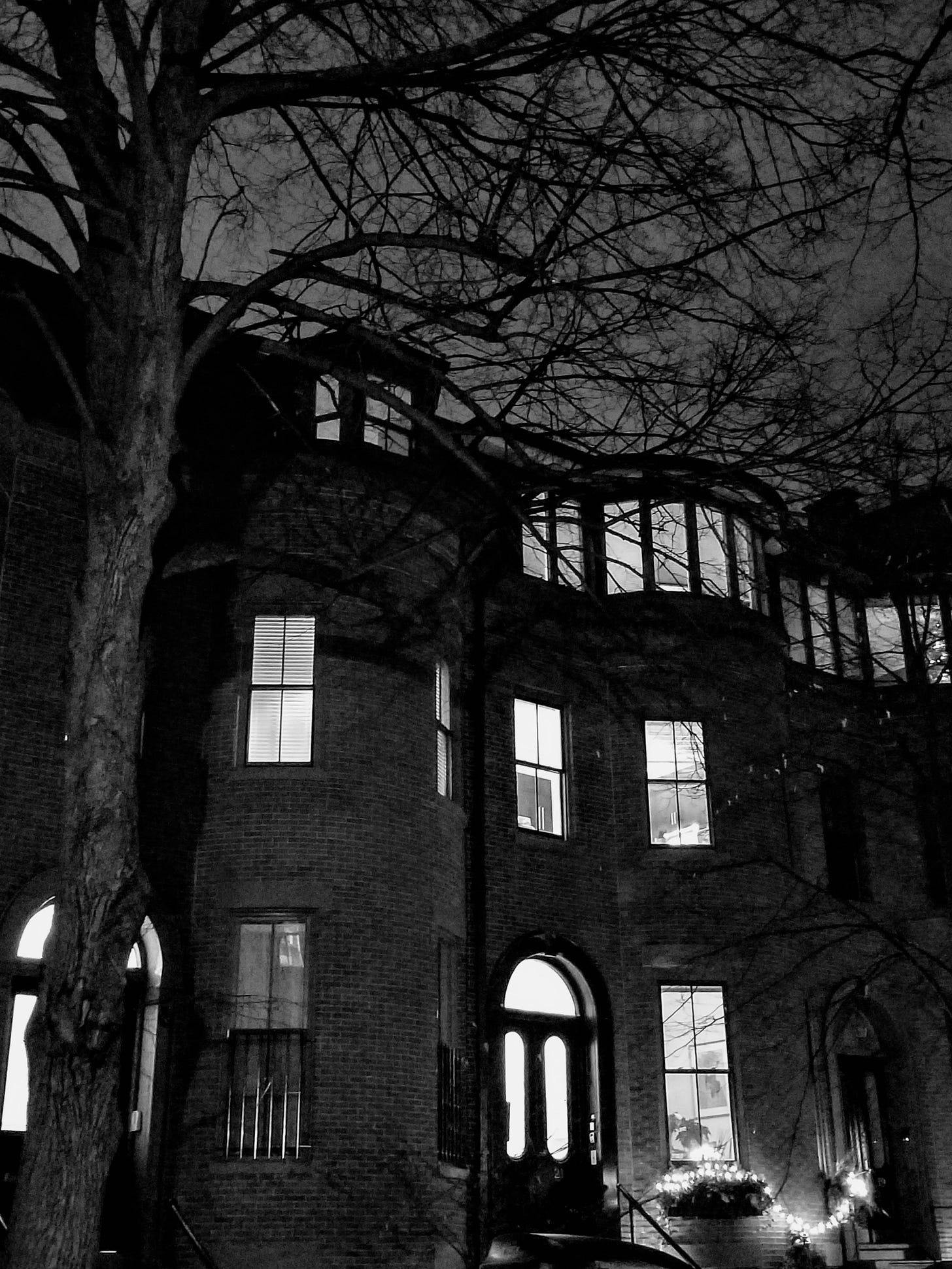

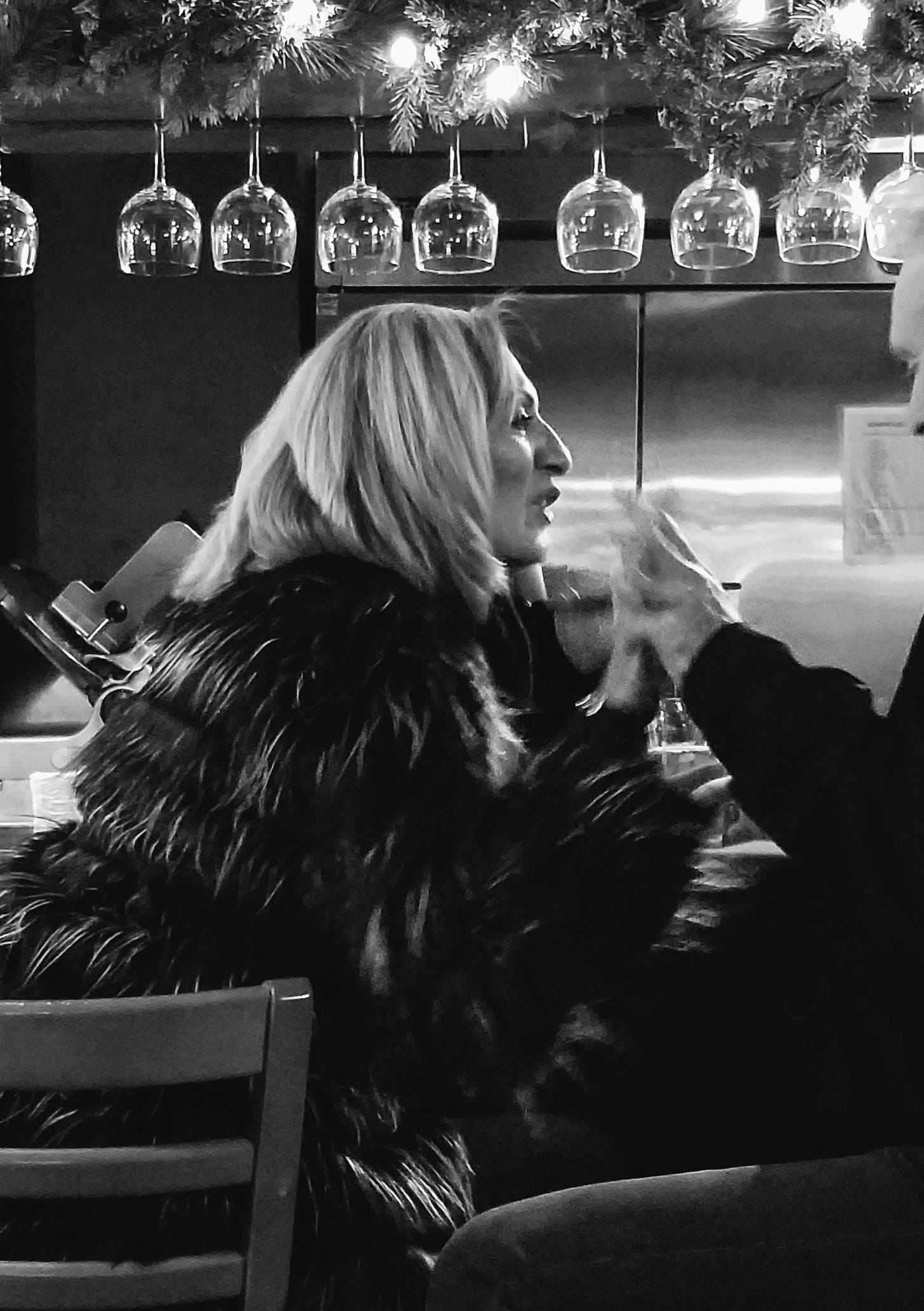

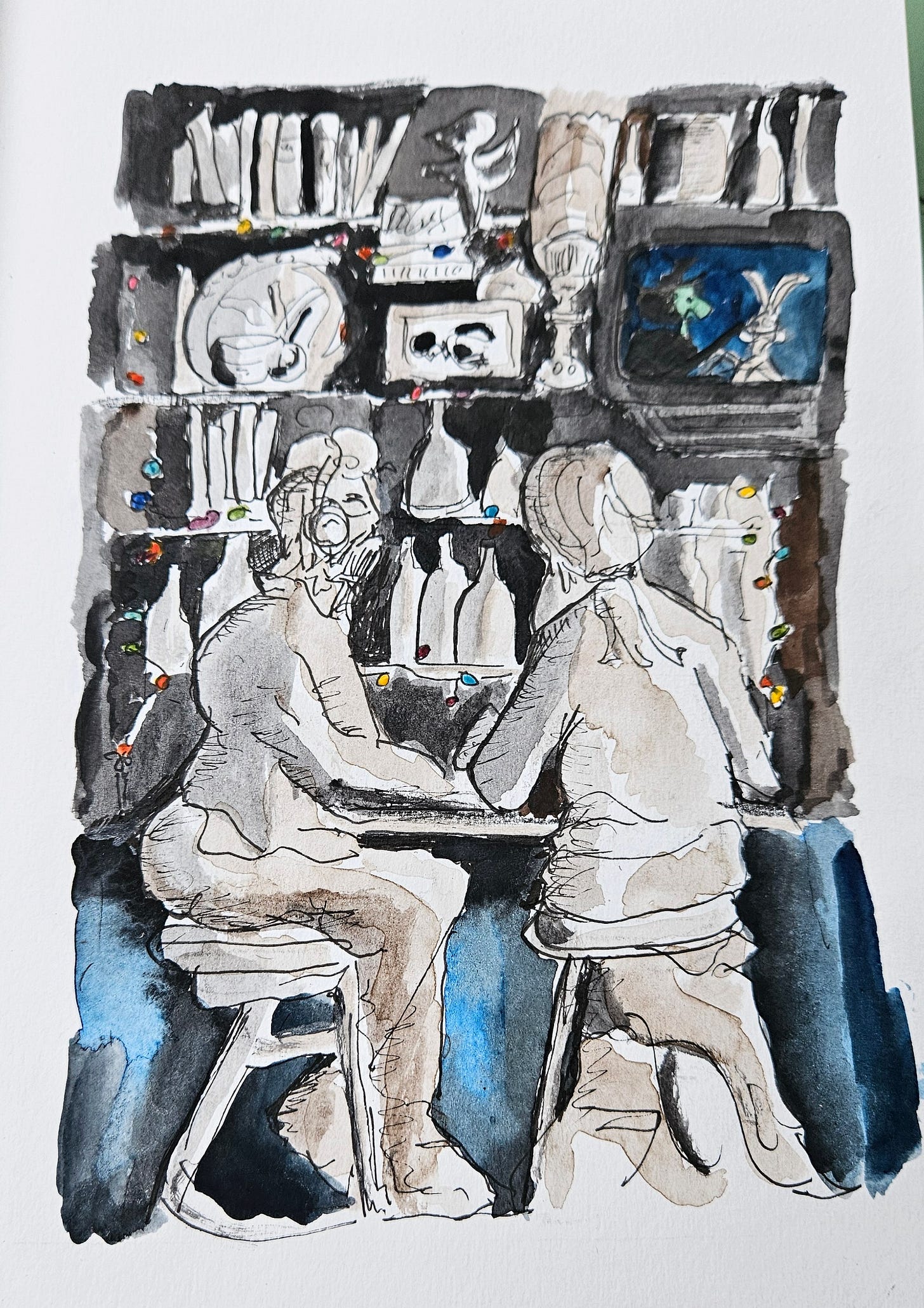
My absolute favorite episode of Bugs Bunny made better with Alphabits, pjs, and parents still "sleeping" upstairs.
I don't know that I'd ever have imagined I'd ever in my life have the chance to hold a single thought that contained both Proust and Bugs Bunny, but here I am.
The triggers that pull us out of our present....